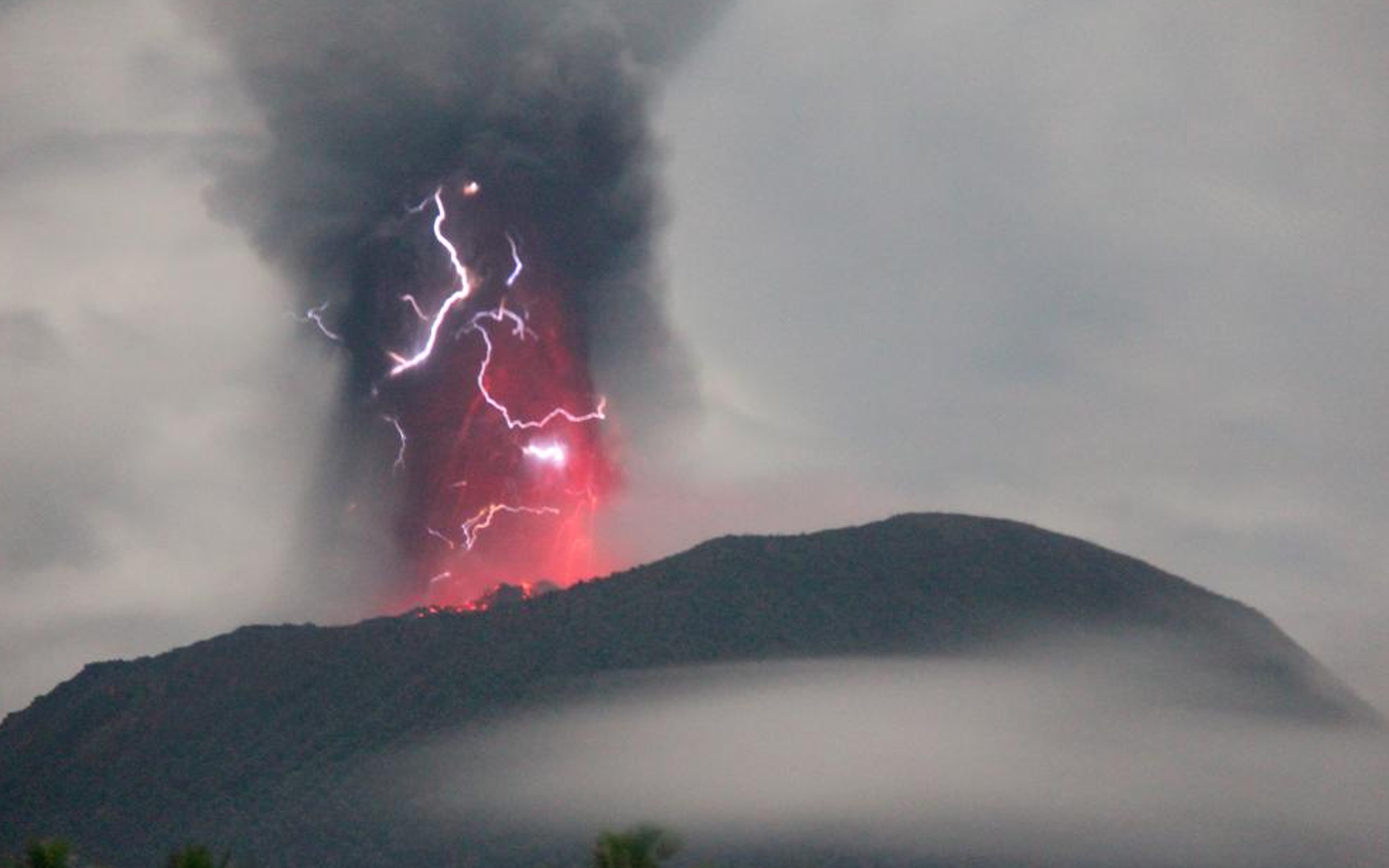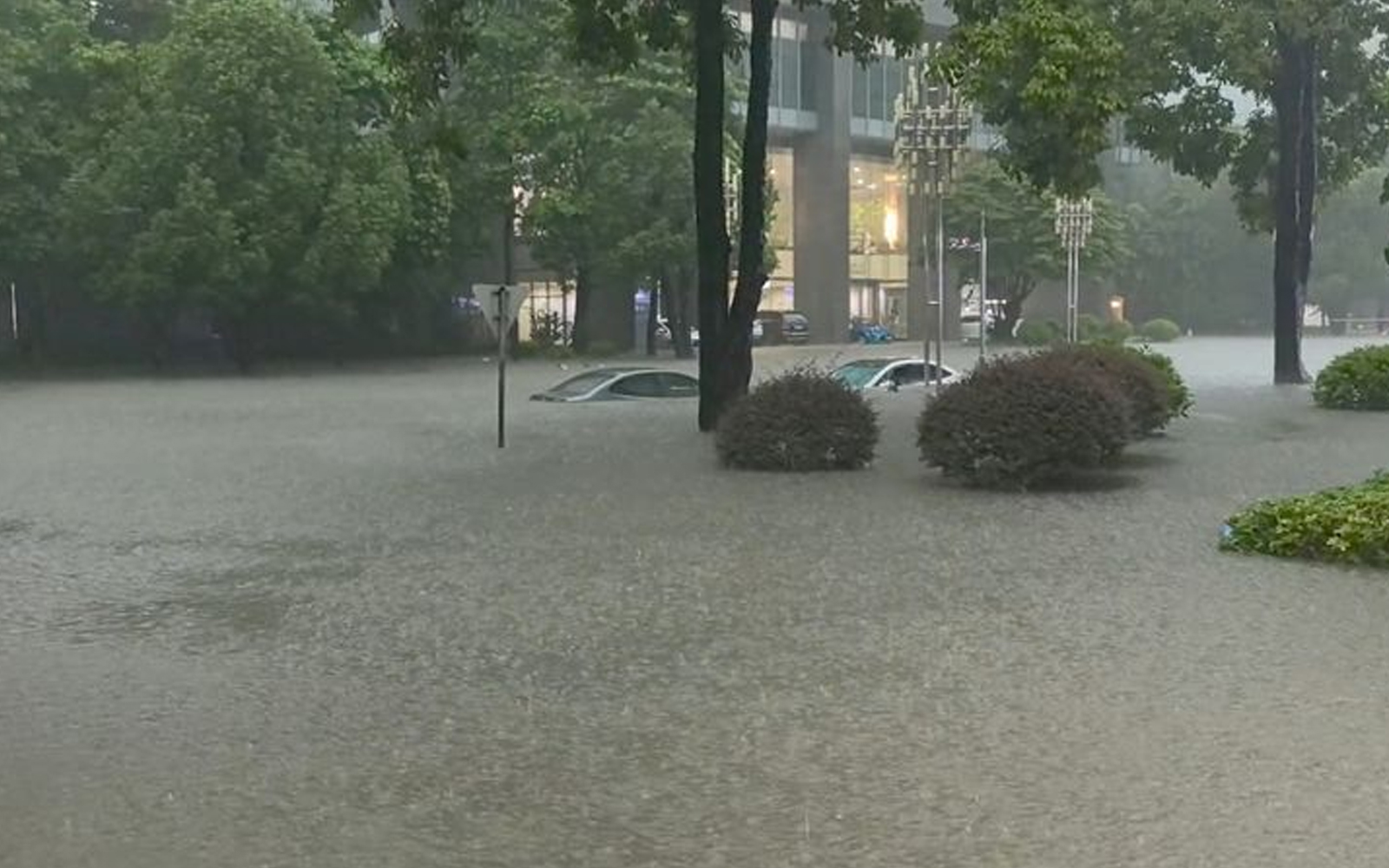
Authorities are advising residents and tourists to stay outside the exclusion zone, maintaining a distance of four to seven kilometers from Ibu’s crater, and to cover their eyes and mouths when outdoors.
On Thursday, the Ibu volcano in eastern Indonesia experienced three eruptions, spewing lava and sending a column of ash five kilometers into the sky, according to the Geological Agency, as reported by AFP via TASR.
Ibu, located on Halmahera Island in North Maluku province, erupted early Thursday morning at around 1:00 AM local time, and again at 7:46 AM and 8:11 AM. The initial eruption projected an ash plume over 5,000 meters high.
The latest eruption lasted approximately two minutes, producing an ash column “observed about 1,000 meters above the summit,” stated the head of the Geological Agency in a press release.
The agency recommended that residents and tourists avoid the exclusion zone, which extends four to seven kilometers from Ibu’s crater, and cover their eyes and mouths while outside.
These eruptions are the latest in a series of significant explosions that forced authorities to evacuate more than half a dozen villages in April.
The recent eruptions did not trigger new evacuation orders, and no casualties or damages were immediately reported on Halmahera Island, home to approximately 700,000 people.
Ibu is one of Indonesia’s most active volcanoes, having recorded more than 21,000 eruptions last year. It remains on the highest alert level in a four-tiered warning system.
Indonesia, an extensive archipelago, frequently experiences seismic and volcanic activity due to its location on the Pacific Ring of Fire.
In April, Mount Ruang in North Sulawesi province erupted more than ten times, forcing thousands of residents from nearby islands to evacuate.


